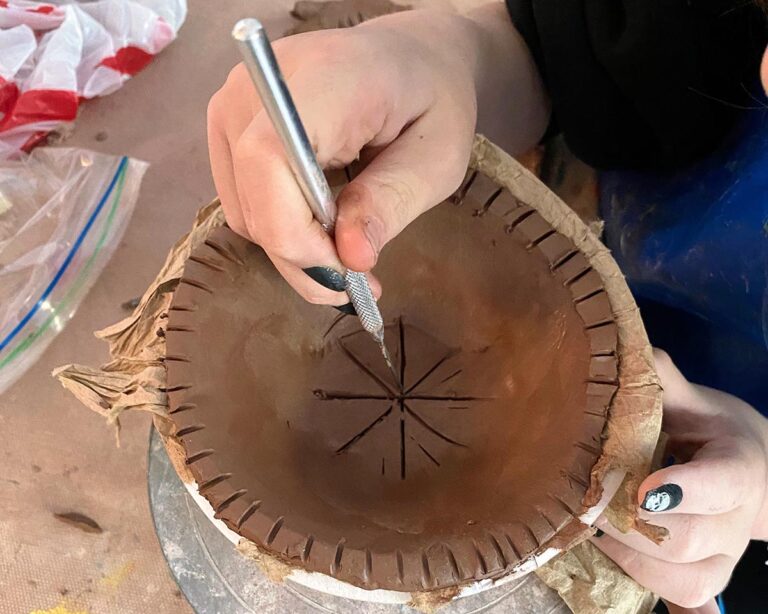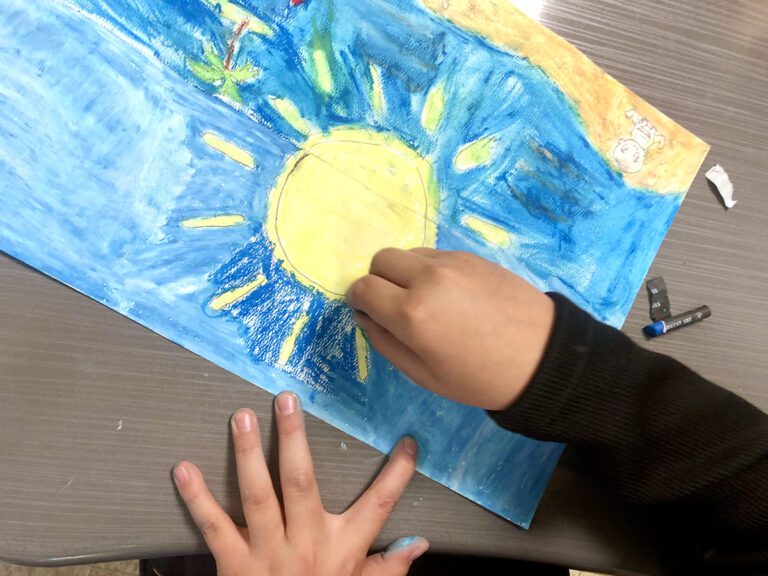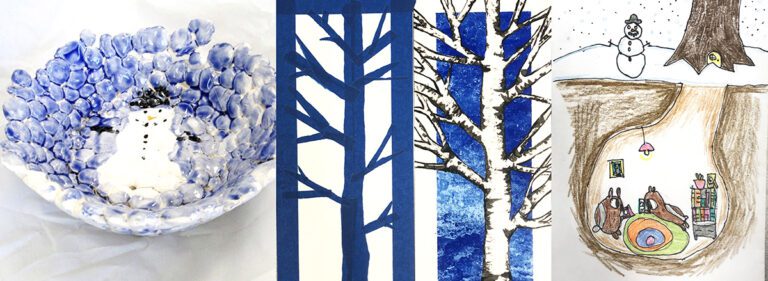There are so many magical things about nature that just take our breath away. It’s no wonder why artists explore this theme time and time again. When the seasons change and the world around us start changing, it can bring a new sense of discovery and provide fresh inspiration. Sometimes this feeling is exactly what we need to engage our students.
As the season’s change and new growth is filled all around us, here are 8 nature-inspired activities you can explore with your students:
1. Animal-Inspired Silhouettes

One of the best things about nature is going outdoors and getting to experience it! This activity, inspired by the work of Nikolai Tolstyh, will show students a different way to explore positive and negative space. Students can use animals or any other silhouette inspired by nature. What makes the negative space of the shape stand out is by finding an interesting backdrop in nature. During this activity, students can explore how different combinations of colors and settings will change the look of their image.
2. Nature Color Bleeds
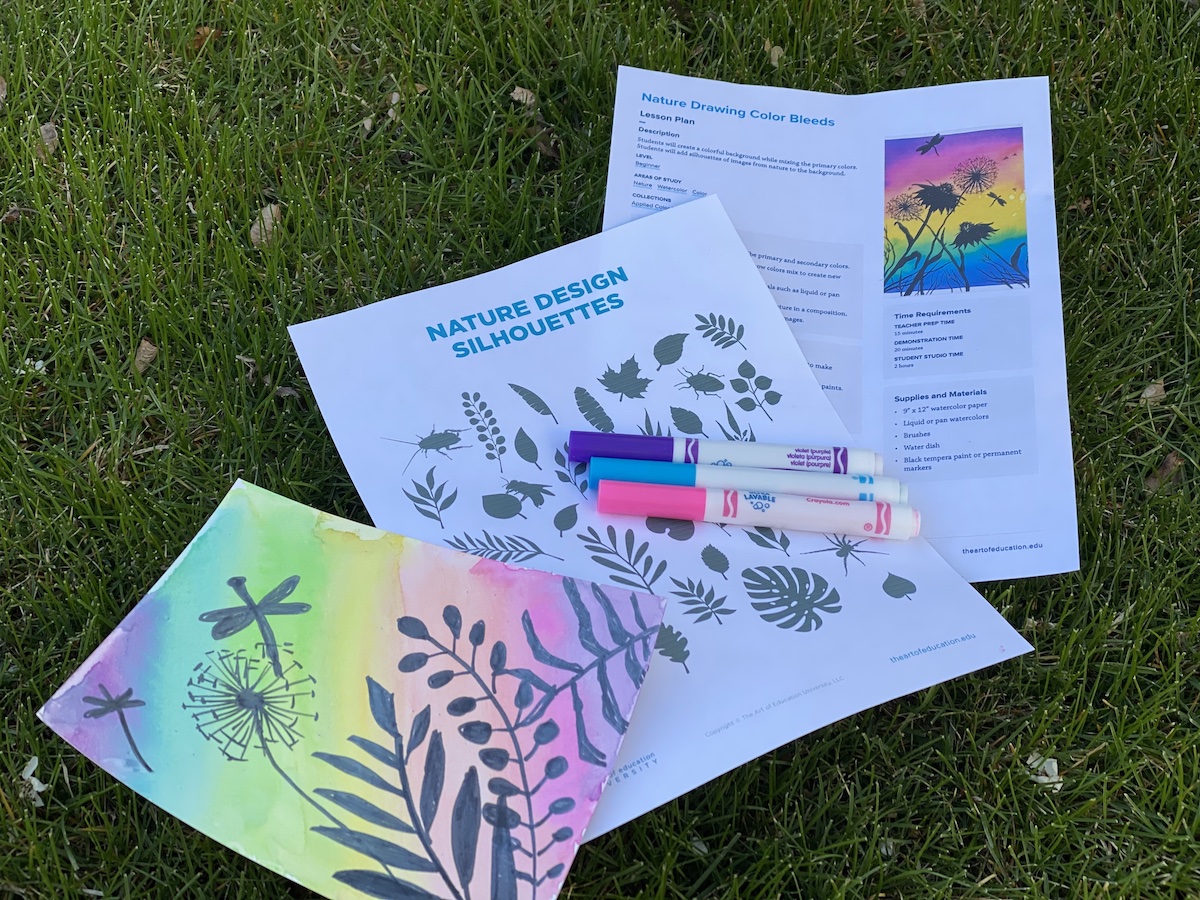
This Nature Color Bleed activity is the perfect way to combine the magic of color mixing with elements of nature. Students can explore color mixing with watercolors, marker prints, and so much more. Using imagery from nature, students can create their own nature scene. This activity is also a good way to reinforce concepts like contrast and emphasis.
3. Nature Made Painting Utensils

One fascinating thing about teaching students about prehistoric art is discussing the natural materials used to create. Sometimes it’s hard for students to believe that people once created paints from fruits and plants. Or that they didn’t have utensils like paintbrushes! These discussions provide the perfect way for students to think like their prehistoric ancestors and try to create their own. Take a trip outside and collect grasses, brushes, and other natural materials. Students can come back into the classroom to construct and test them out. This type of activity can turn into a design thinking challenge and becomes a collaborative effort to see how others approach the same activity.
4. Botanical Illustrations
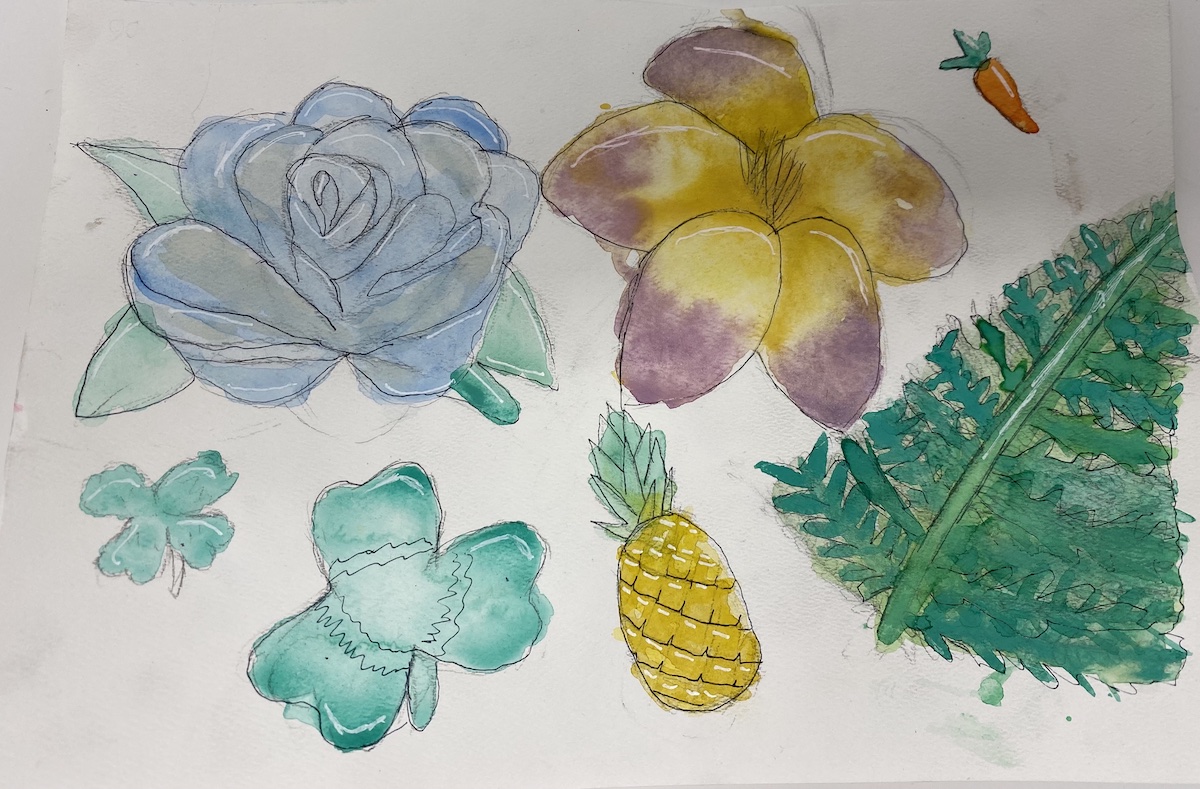
Did you know that the art of botanical illustrations can be traced back to between 50 and 70 CE? Illustrations of plants and herbs were documented to record medicinal remedies and purposes. These illustrators were also scientists and botanists who recorded their skills in exciting ways. The same approach can be tried with students today. Whether exploring plants or animals, this type of practice can be a great activity to refine watercolor or drawing skills.
5. Study Natural Phenomenons
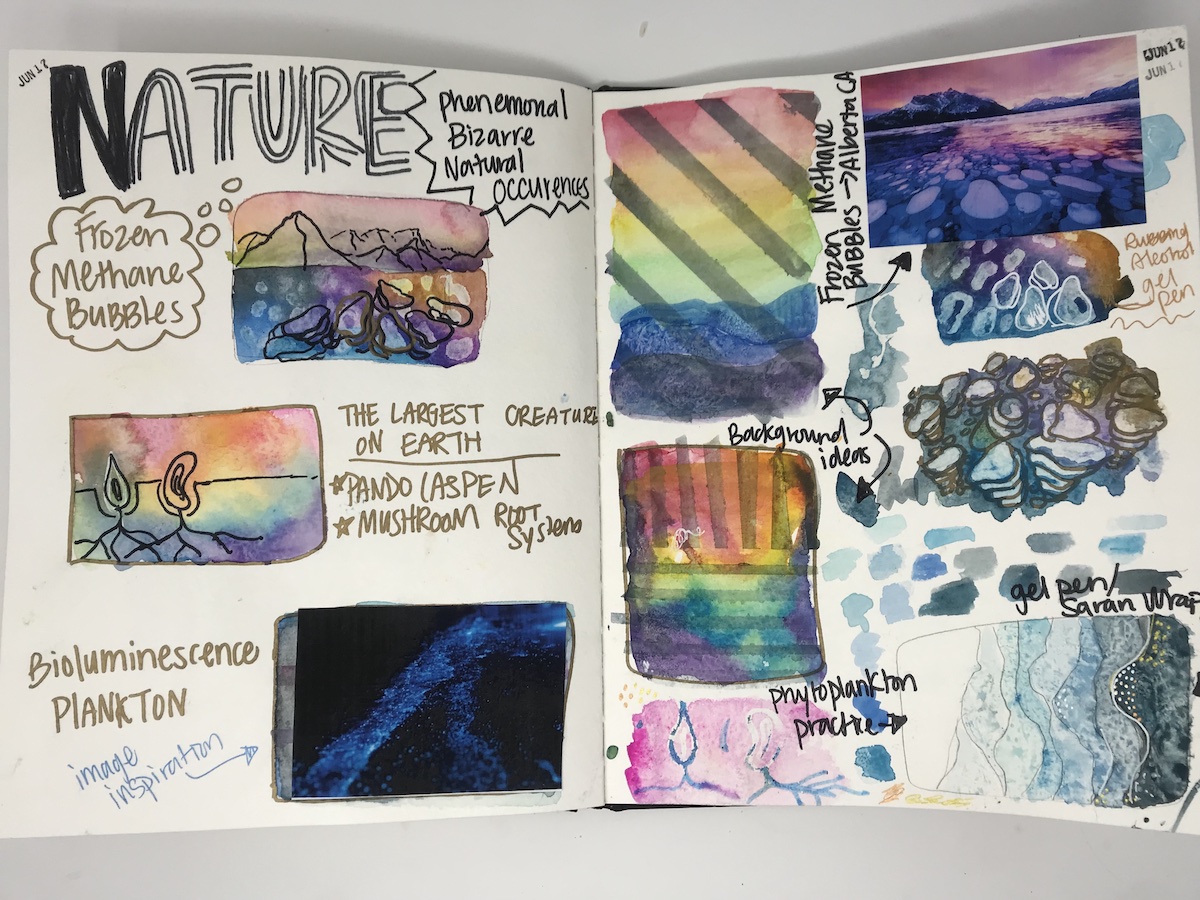
From fire tornadoes to rainbow trees, there are so many natural phenomenons that occur that they don’t even seem real! These peculiar phenomenons are the perfect hook to engage students. Encourage your students to do some research to find a natural event that truly fascinates them. The next task is to use this phenomenon as inspiration to create a piece of art. The amount of exploration and ideas are endless!
6. Clay Planters

Creating with clay is exciting; better yet, creating functional pieces will really engage your students! There are so many different techniques one could explore when trying to create a ceramic container for plants. Creating small pinch pots, slab planters with drainage holes, and wall hanging pockets for air plants are all methods you could try.
7. Abstracted Mountains
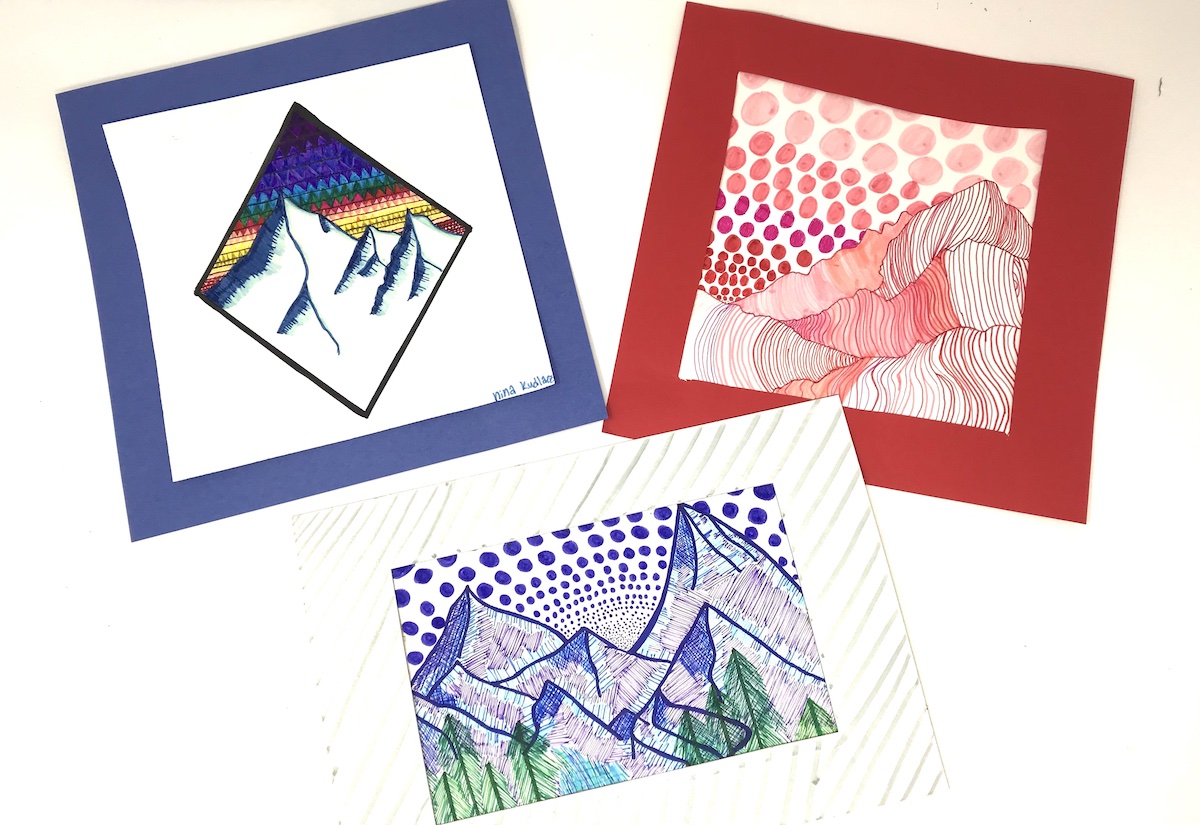
Artist Christa Rijneveled explores mountains in abstracted ways. With the use of unique colors, lines, and patterns, she creates visually eye-catching work that causes your eyes to move around the canvas. Using her work as inspiration, students can explore the way lines move through a piece to create a visually engaging experience.
8. Use Nature for Symmetry

From animal prints to plant formations, there are so many examples of symmetry that naturally occur. Whether exploring sacred geometry or fractals, almost all of it can be found somewhere in nature. One example that you can bring into the classroom to have students see radial symmetry is bringing in citrus fruits. Slicing fruits like lemons, limes, and oranges will not only make the art room smell fresh but will show students symmetry in action. This is one way students can refine their observational drawing skills.
Inspiration from nature is all around us! When you are feeling less than inspired to plan a lesson or need something to engage your students, start by looking outside. With all of the fascinating events that occur in nature, you’re sure to find ways to bring it into the art classroom successfully.
What’s your favorite activity that combines nature and art?
How does nature influence the work you create as an artist?
Magazine articles and podcasts are opinions of professional education contributors and do not necessarily represent the position of the Art of Education University (AOEU) or its academic offerings. Contributors use terms in the way they are most often talked about in the scope of their educational experiences.


